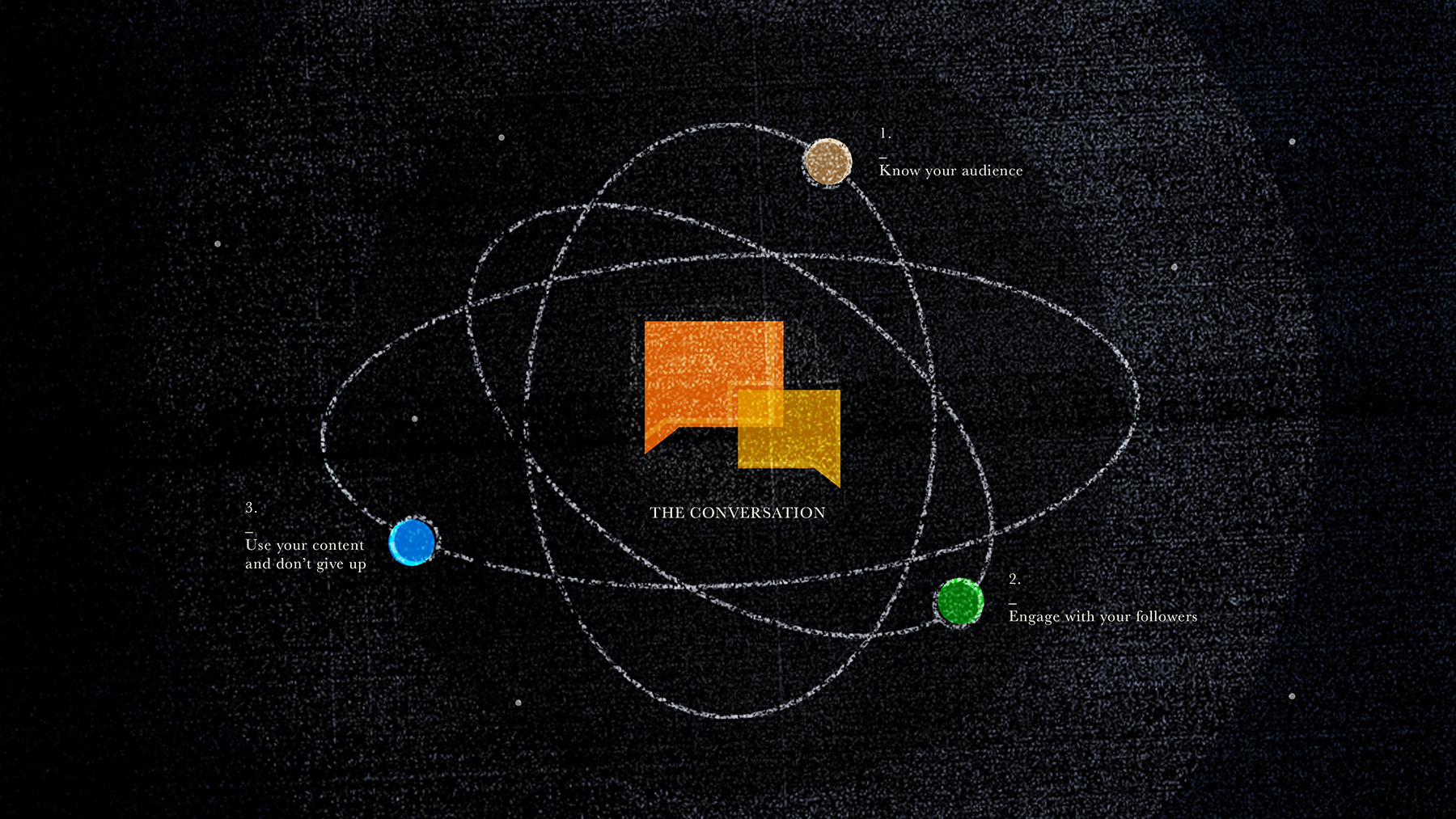
The Curiosity rover touched down on the surface of Mars, August 5th, 2012 (PDT). Millions watched NASA and company, pull off the most daring and complex remote landing maneuver ever attempted, 33 million miles away.
A group of friends and I watched the rover land on TV, but the broadcast was available worldwide using multiple USTREAM accounts and the rover’s Twitter account provided live status updates. Surprising to some, approximately 3.2 million earthlings accessed the USTREAM event, a larger viewership than average TV broadcasts.
The moment Curiosity was confirmed to have landed safely.
NASA was an early adopter of social media as a marketing tool and more importantly, as an educational tool. Their goals are rather simple: enlighten the world and inspire the young and young at heart. Yes, NASA has a lot of content to draw from when creating social media posts, but what’s just as important is how they use their content. As an average marketer, what can you take away from NASA’s social media strategy?
1. Know your audience
NASA is a beloved organization and has never had much trouble finding its audience. For the average business, knowing your audience is a critical, early step to strategizing and developing content to share with your followers. Based on your product or service, what types of things are your audience members interested in? Can your business relate to some of those interests? The more research you perform on your average user, the more detailed portrait you can paint. You’ll learn what types of posts they prefer. Do they respond better to video or images? Do they participate in campaigns? Use the analytic tools most social media outlets provide as well as Google Analytics as your paintbrush.
2. Engage with your followers
If you’re taking the time to post on your social media outlets, you should allot time to respond to any feedback you might receive. Whether it’s a long comment or a retweet, you should always take the time to respond to as much feedback as you can. Even responses you deem negative. Engage with that person and find out where in the relationship things went wrong. Was it a bungled shipment or a poor experience? Whatever the case may be, there is always a way to positively handle negative feedback.
3. Use your content and don’t give up
You might not have a universe of potential content to pull from like NASA, but that doesn’t mean you shouldn’t treat your content as such. There is no such thing as a “boring” product or service. It’s all in the way you deliver. Entice your readers with a new spin on an old concept. While that may be hard to achieve at first, finding a formula for your posts will help make your business stand out. Highlight what makes you different from your competitors. Showcase your office and working environment. Use social media to broadcast how awesome your business offerings are.
Entities like NASA are a prime example of how to effectively use social media in a positive and meaningful way. NASA has social media accounts where their audience actively visits, thus they maximize their reach. You’ll rarely see a stagnate NASA account. Study how and how often they post and implement those strategies. Think of social media like a building a rocket ship. You need a vessel, fuel, a payload, and most importantly a pilot. Find the best combination of outlets and content, over time you’ll start to reap the benefits of social media engagement.


